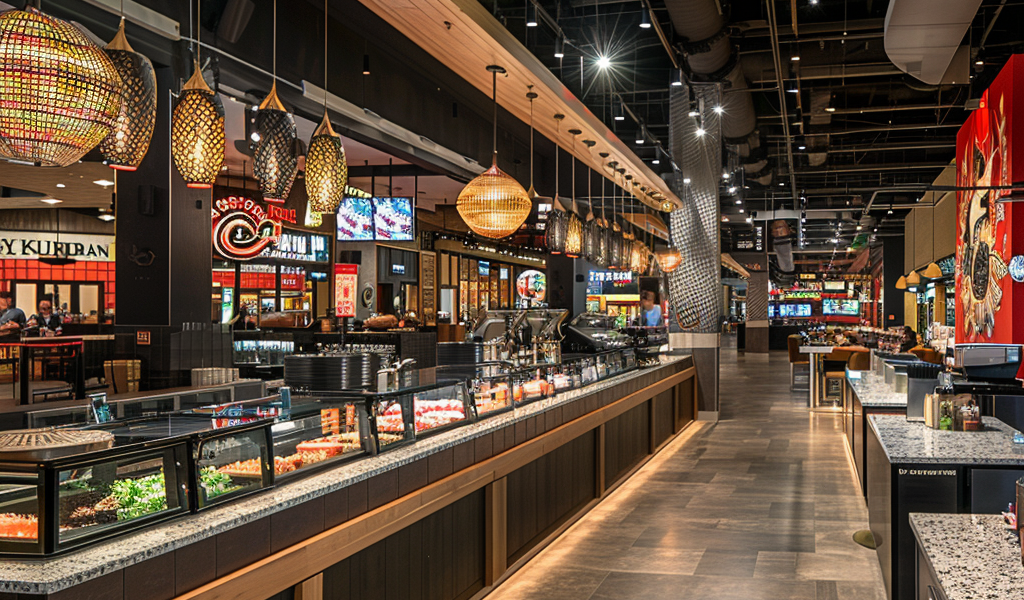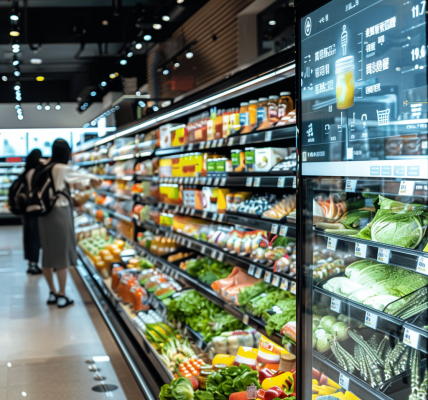As US malls evolve to meet changing consumer preferences, traditional dining options like Ruby Tuesday and Chili’s are making way for a new wave of trendy restaurants. The pandemic, coupled with shifts in shopping habits, has prompted malls to rethink their offerings, with a focus on unique culinary experiences.
Historically, malls served as the heart of American communities, but with the rise of online shopping and the closure of anchor stores, a transformation is underway. Recognizing the need to attract visitors, mall operators are introducing a diverse range of dining options, from sushi conveyor belts to craft beer clubs and Korean barbecue joints.
Emerging trends indicate a growing preference for smaller, regional restaurant chains with a strong local following. Brands like Lazy Dog, Gen Korean BBQ, and Postino Wine Café are gaining popularity for their distinct offerings. Additionally, a variety of global cuisines are now available at malls, catering to diverse palates.
Landlords are banking on innovative concepts such as ‘eatertainment’ venues like Puttshack and Topgolf to enhance the mall experience and prolong visitor stays. Kura Revolving Sushi Bar, a family-friendly chain featuring conveyor belt service and interactive tableside entertainment, is capturing the attention of mall-goers.
Amidst these changes, national chains are shifting focus towards drive-thru locations rather than traditional sit-down restaurants within malls. This strategic move aligns with evolving consumer preferences and the demand for convenience.
Chris Simms, CEO of Lazy Dog, notes the emergence of a new generation of mall dining concepts. With ski lodge-themed restaurants and a selection of craft beers, Lazy Dog aims to attract moviegoers and shoppers seeking a unique dining experience. The synergy created by mall environments presents a valuable opportunity for traffic generation.
Previously, food offerings at malls played a secondary role, with department stores driving foot traffic. However, as online retail gains traction and major retailers scale back their mall presence, the focus is shifting towards enhancing the dining experience to encourage longer visits.
Real estate analysts estimate that approximately 150 enclosed malls have closed since 2008, leaving around 900 operational malls today. This shift underscores the need for malls to adapt to changing consumer behaviors and preferences in order to remain relevant in the evolving retail landscape.





